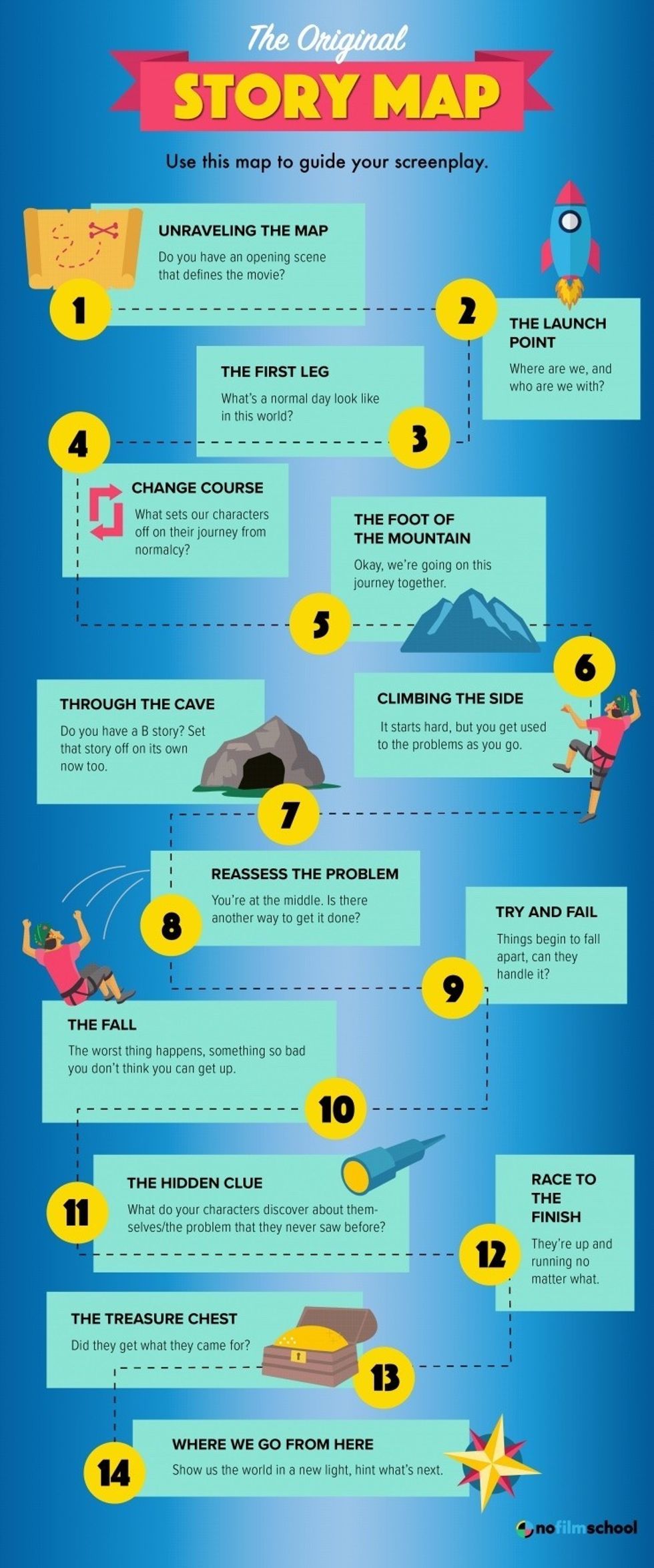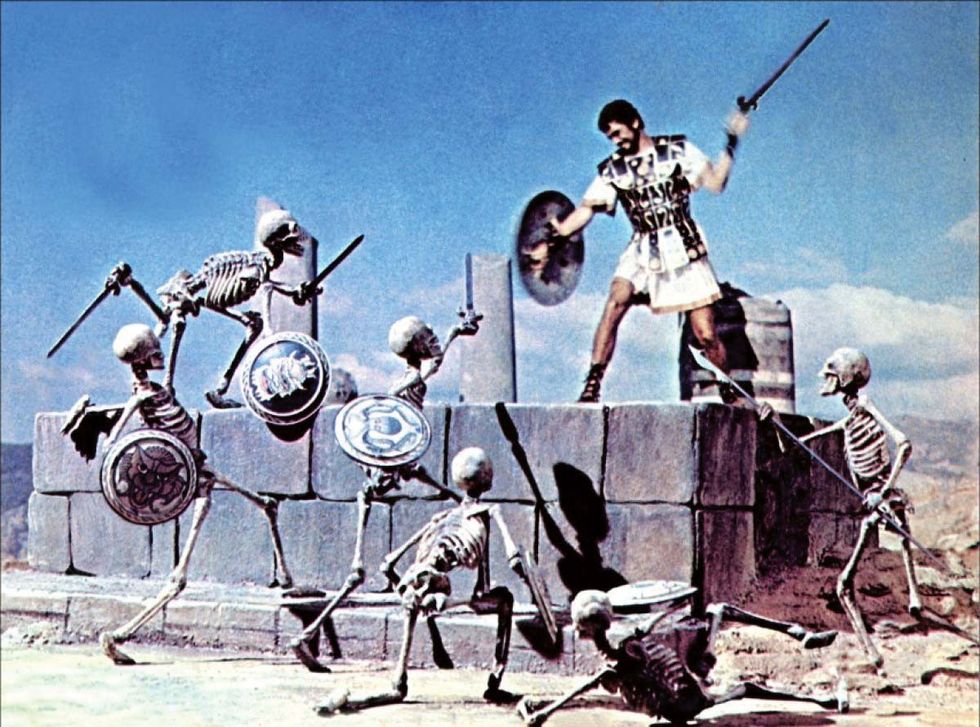How to Turn Your Outline into a Screenplay Fast
Getting the vomit draft onto the page is even easier with a completed outline.

The Flash
The number one question I get from our readers week in and out is "How can I finish my draft faster?" I always answer the same: If you want to write a screenplay faster, then you have to spend more time in the outlining phase.
A great screenplay outline is the ticket to a great script. But it's also the ticket to getting it out of your head and onto the page in record time.
Screenwriting is an extraordinary blend of craft and inspiration. You've likely already nailed down the exciting "what if?" premise that sparks your imagination, but the journey from idea to finished screenplay can seem daunting.
An outline is your roadmap, and understanding how to effectively translate it into a screenplay can save you time, heartache, and endless rewrites.
Here's how to make that happen quickly.
Outlining Gives you Storytelling Power
 Your screenplay roadmapNo Film School
Your screenplay roadmapNo Film SchoolThink of your outline like the skeleton of your story. You need to put all the bones in place before you layer on the rest of the body's details.
The blank page can be a screenwriter's most intimidating foe. However, when you're armed with a solid outline, the process of transforming that framework into a compelling screenplay becomes far less daunting.
Here's a few reasons why:
- Blueprint for Success: An outline functions as a map, ensuring you have a clear destination and the key milestones to reach along the way.
- Early Error Detection: Outlines help you identify inconsistencies, weak motivations, or pacing issues before investing your time fully fleshing out scenes that might ultimately derail your story.
- Building Confidence: Having a clear path forward reduces that nagging "writer's block" anxiety, allowing you to dive into the creative process with less trepidation.
- Clarity: Outlining forces you to define your story beats, character arcs, and overarching themes.
- Structure: A strong outline reveals the potential for a solid three-act structure, highlighting plot points and pacing.
- Spotting Problems Early: An outline can illuminate plot holes, inconsistencies, or weak character motivations before you spend hours fleshing out scenes that might need drastic overhauls later.
Turning Your Outline Into A Screenplay
Okay, let's say you have your outline done, how can you turn it into a screenplay fast? Well, it sounds trite... but you need to open your screenwriting software and get it there.
Still, I have a few steps to help you along the way.
Step 1: Fleshing Out Your Scenes

Jason and the Argonauts
Columbia Pictures
I like to take my outline and drop it into Final Draft. Then I create scene headings for all the beats laid out in that document.
After that, I go back to page one and expand the story, connecting each of the dots.
Here are some tips along the way.
- Internalize Your Worldbuilding: Take time to vividly imagine your characters, their voices, and the setting. Let the details seep into your creative consciousness.
- Begin with Action: Don't just give stage directions; ground each scene in action and character choices that reveal the heart of your story.
- Let Dialogue Flow: It's okay for early dialogue to be rough. Focus on the intent behind the words and let characters reveal themselves organically. You can refine it later.
- Embrace the Unexpected: Be open to inspiration striking as you write. Sometimes the best moments arise when you deviate slightly from your outline.
Step 2: Pacing the Story

Chariots of Fire
Warner Bros.
Revising with an eye on pacing is crucial:
- Scene Economy: Do all your scenes actively advance the plot, character development, or theme? If not, cut them ruthlessly.
- The "Page Turner" Effect: Aim to end scenes at a point that raises questions or makes the reader eager to see what happens next.
- Read it Aloud: This is an excellent way to pinpoint clunky dialogue and identify scenes that drag.
- Vary Your Tempo: Action scenes might be fast and snappy. Emotional moments might linger. Use rhythm to enhance storytelling.
- "Kill Your Darlings": Sometimes we fall in love with a clever line of dialogue or a beautifully written scene that, ultimately, does little to propel the story. Don't be afraid to cut moments that don't truly serve the overall narrative.
- Active Versus Passive Scenes: Action scenes necessitate a brisk pace. Internal, introspective moments can linger. Find that balance, avoiding scenes that feel emotionally static or overly drawn out.
Tools and Techniques to Supercharge Your Process
- Scene Cards: Use index cards or a digital equivalent to write out each scene individually. This allows you to rearrange and experiment with the sequencing of your story.
- Screenwriting Software: Programs like Final Draft, Celtx, and Fade In can help streamline formatting, so you focus on the writing itself.
- Don't Obsess over Perfection: Your first draft is about getting the story out of your head and onto the page. Refinement comes later.
- Table Reads: If possible, gather actor friends to read your script aloud. Hearing it spoken will reveal strengths and weaknesses more effectively than reading it silently.
Step 3: The Power of Revision

Black Panther
Disney
A fast first draft doesn't mean your work is done. Maybe you get things laid out, but this leaves you way more time to rewrite your screenplay. Revision is where the magic happens – and where careful attention to these areas will pay dividends:
- The Big Picture: Step back and re-assess if your script accomplishes what you originally intended. Does the theme resonate clearly? Does the protagonist's journey feel satisfying? Are there unresolved subplots?
- Character Consistency: Do your characters behave and speak authentically throughout? Do their motivations remain clear and consistent, even under pressure?
- Plot Logic: Scrutinize your plot points. Are there holes or leaps in logic that will throw your audience out of the story? Patch up any inconsistencies.
- Dialogue Refinement: Now's the time to craft that memorable dialogue! Ensure each line serves a purpose: advancing the plot, revealing character, or building tension. Avoid exposition disguised as chat.
- Show, Don't Tell:Seek opportunities to transform telling moments into visually compelling action. Can you replace lines like "He was angry" with an image of a slamming door or a shattered glass?
Revision Strategies
- Multiple Passes: Don't attempt to fix everything in a single revision pass. Focus on one specific element at a time (character, dialogue, plot, etc.). This prevents overwhelm.
- The Time Gap Cure: Set your script aside for a few days or even weeks. Fresh eyes will reveal weaknesses you may have grown blind to.
- Read Aloud 3.0: This time, focus on finding overly wordy passages, unnatural dialogue, and clunky transitions. Your ear will catch what your eye might miss.
- Be Your Own Worst Critic: Channel ruthless objectivity. Embrace cutting even your favorite scenes or clever lines if they don't truly contribute to the whole.
Remember, the best screenplay is a finished screenplay. Don't get bogged down in the pursuit of an elusive perfect outline or a flawless first draft.
Take inspiration from these tips, grab your metaphorical pen (or keyboard), and start transforming your vision into a screenplay that could grace the silver screen!
Go get writing.











